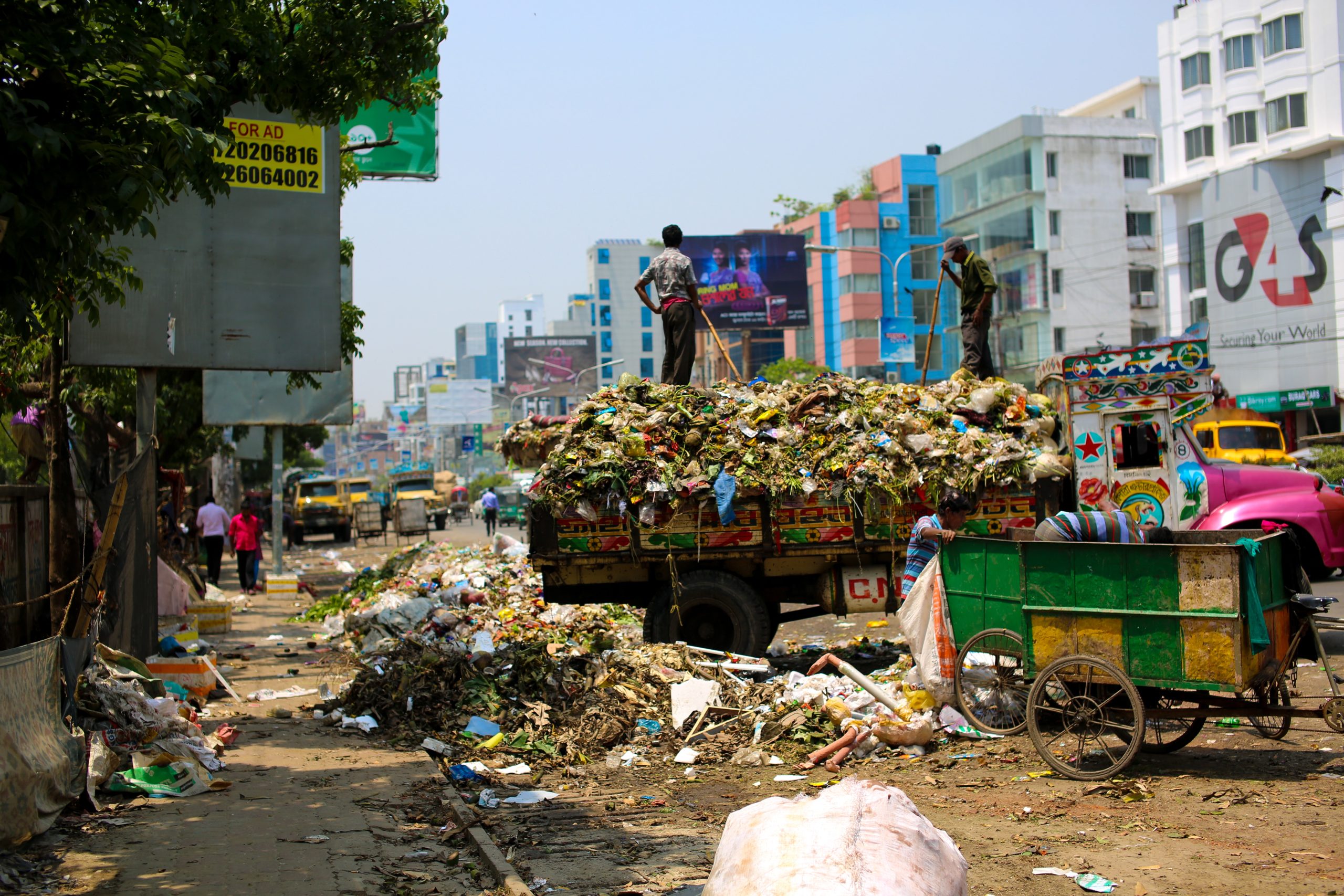When we think of carbon sequestration, our minds often drift to lush rainforests or towering trees in temperate forests. But there’s an unsung hero quietly working its magic along the coastlines: the mighty mangrove.
The Mangrove Marvels
Mangroves—those gnarled, salt-tolerant trees that thrive where land meets sea—are ecological powerhouses. Here’s why they deserve a standing ovation:
- Carbon Storage Mastery: Pound for pound, mangroves outperform rainforests in carbon storage. Yes, you read that right! These coastal wonders can sequester four times more carbon than their leafy cousins. Most of this carbon isn’t even in the branches—it’s tucked away in the soil beneath their roots.
- Roots with a Purpose: Mangroves don’t just stand there looking picturesque. Their intricate root systems create cozy nooks for microbial mats. These tiny organisms work overtime, capturing carbon dioxide and turning it into organic matter. It’s like a bustling carbon factory underground!
- Climate-Proofing Coastlines: Mangroves are nature’s coastal armor. Their dense roots stabilize shorelines, protecting against erosion and storm surges. As sea levels rise, these resilient trees keep our coasts intact while silently storing carbon.

The Silent Guardians
Imagine a mangrove forest—a tangled web of twisted trunks and dangling prop roots. Beneath the surface, the real magic happens. Here’s how:
- Carbon Sequestration: Mangroves inhale carbon dioxide like seasoned yogis or gymnasts. They trap it in their tissues and channel it underground. The result? A carbon sink that rivals any tropical forest.
- Blue Carbon Ballet: Scientists call it “blue carbon.” It’s the carbon captured by living coastal organisms and stored in these ecosystems. Salt marshes, seagrass beds, and mangroves waltz together, locking away carbon for centuries.
- Coastal Heroes: Mangroves don’t just store carbon; they’re biodiversity hotspots. Fish, crabs, and birds call their tangled roots home. When we protect mangroves, we safeguard entire ecosystems.
The Threat and Our Call to Action
But here’s the twist: mangroves are disappearing faster than a high tide retreats. Coastal development, aquaculture, and pollution threaten their existence. When mangroves vanish, their stored carbon escapes, exacerbating climate change.
So, what can we do?
- Preserve and Restore: Let’s champion mangrove conservation. Restore degraded areas and create protected zones. Every sapling planted is a carbon warrior in the making.
- Raise Awareness: Spread the word! Tell your friends about mangroves’ hidden talents. Share this article (hint, hint) and ignite curiosity.
- Invest in Blue Carbon: Governments, businesses, and individuals—let’s invest in blue carbon projects. It’s not just about saving trees; it’s about saving our planet.
Conclusion: Mangroves Unleashed
Next time you stroll along a coastal boardwalk, pause and salute the mangroves. They’re not just muddy trees; they’re climate superheroes. Their roots hold secrets, their leaves whisper stories, and their carbon storage capacity? Well, it’s off the charts.
Remember: When it comes to carbon sequestration, mangroves are the unsung champions. Let’s give them the spotlight they deserve.
Related links: https://oceanservice.noaa.gov/ecosystems/coastal-blue-carbon/
https://ecofriendmagazine.com/nature-based-solutions-for-disaster-and-climate-resilience/




